Gooseberry: Diseases that can completely devastate your shrub
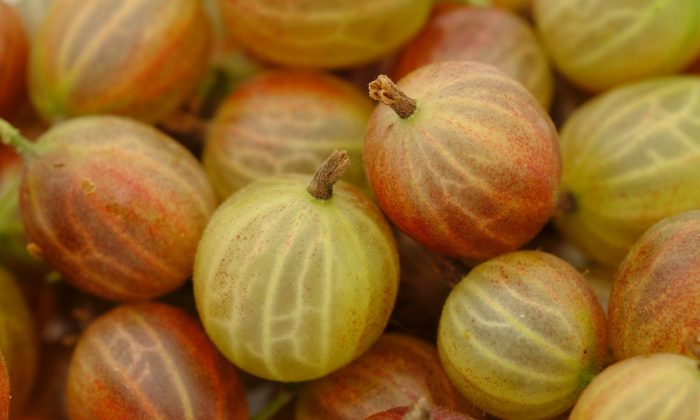
If you are growing fruit shrubs or bushes, you know that pests are one of the most annoying problems. If you have gooseberries, you will encounter pests sooner or later. Let us take a look at some of the most common diseases that can be very harmful to your gooseberry shrubs and how to prevent and fight them.
The biggest problem? American powdery mildew
Gooseberry shrubs suffer a lot from the so-called American powdery mildew . This disease can easily destroy your entire harvest and it does not stop at gooseberries. It also attacks blackcurrants or raspberries. It is a fungal disease that creates brown coatings on berries or on shoots and leaves. In the first stages the coating is light to white but later it turns brown. Luckily there are chemicals that can be sprayed to fight this disease. Unfortunately, these chemicals do not work if your shrub has already been infested. If that is the case, you have to carefully remove the infected parts during early spring and then spray the agent, but again, if the disease has already spread a lot, not even the “medicine” will help. Therefore it is advisable to use chemicalsas prevention – before the disease has the chance to destroy your harvest.
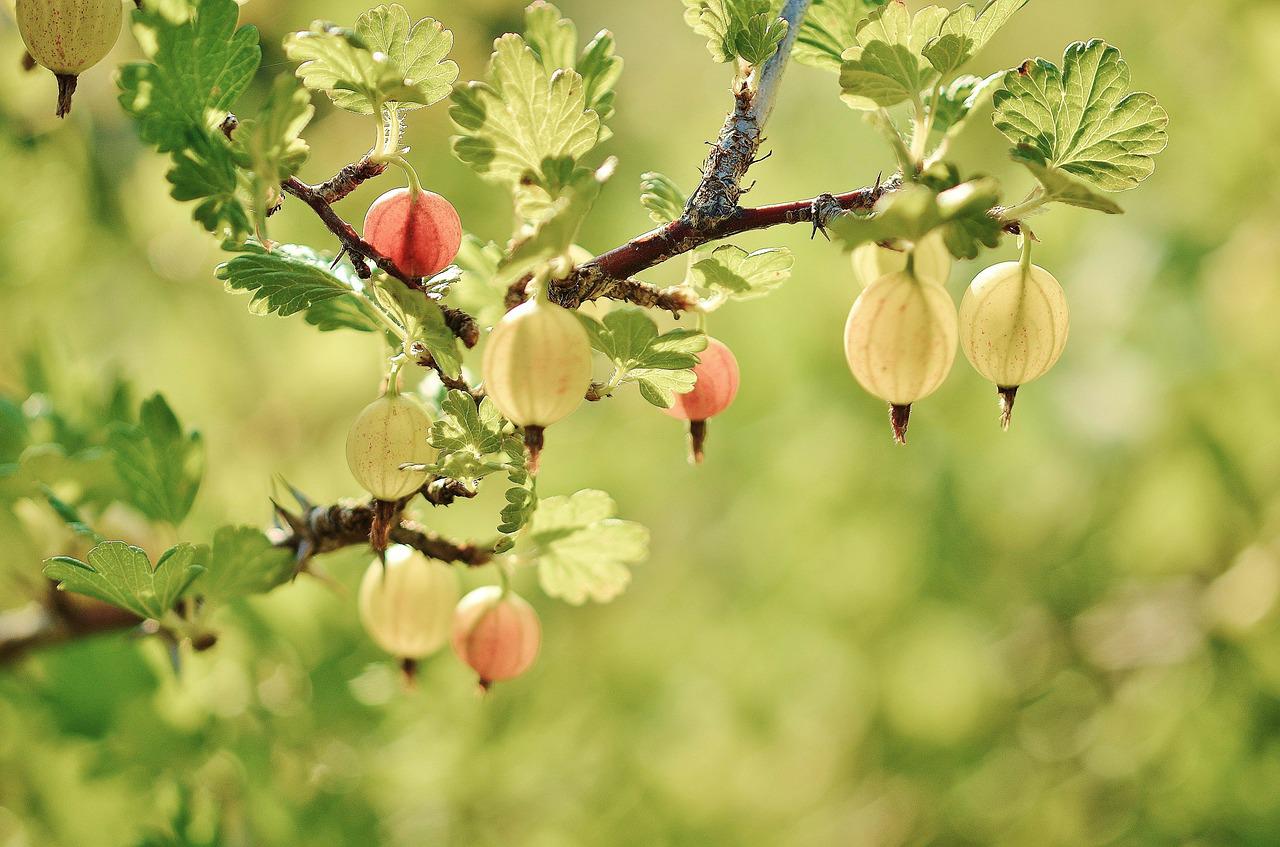
Other problems
Gooseberries can also be infected with a disease which causes its leaves to turn blue-green. Leaves begin to twist and then fall off. This is due to a lack of potassium or due to too much chlorine. This is called a fire blight, and you can help your shrub by using fertilizer with potassium sulphate or another fertilizer that contains potassium component and finally, do not over fertilize the soil with nitrogen or calcium.
Anthracnose
Another dreaded gooseberry disease is anthracnose. You can identify this disease when you see small brown to black spots on leaves. These spots are no more than two millimetres in diameter but they certainly weaken the entire plant. Leaves will twist and curl, and will fall off immediately after harvest, and your shrubs will stop producing fruit. So, how to fight it? The best way is to use chemicals that belong to the fungicide category – products that are able to rid the plant of fungi. Do not forget to dispose of fallen leaves. Luckily, this disease rarely attacks properly pruned shrubs, so you better prune your shrubs as a preventive measure.
Photo: Pixabay

Gardening is my hobby, I have a lot of experience and I am happy to share it.


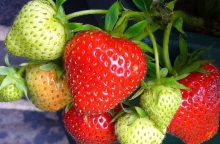
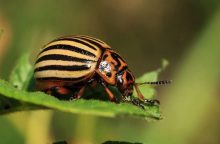
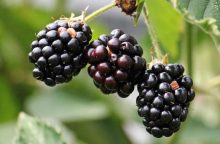



0 comments